Due to an aging and declining population, difficulties in mobility product will be expected in both urban and rural areas in 2030 and beyond. As a key to solutions for such mobility issues, Honda is currently developing a four-wheel electric micro-mobility product, the Honda CI-MEV (hereafter referred to as CI-MEV). Once CI-MEV is widespread, anyone can enjoy freedom of door-to-door mobility even in areas without a public transportation system or in difficult conditions for walking long distances. This article features three Engineers who took on the development of CI-MEV as well as behind-the-scenes development stories, and impacts CI-MEV will have on future society.
 Four-wheel electric micro-mobility vehicle, CI-MEV’s world debut in the JAPAN MOBILITY SHOW 2023 (Public open days: October 28-November 5, 2023)
Four-wheel electric micro-mobility vehicle, CI-MEV’s world debut in the JAPAN MOBILITY SHOW 2023 (Public open days: October 28-November 5, 2023)
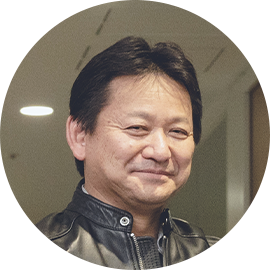
Executive Chief Engineer
Innovative Research Excellence,
Honda R&D Co., Ltd.
View More
Close
Yuji Yasui
Read More
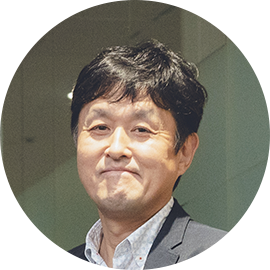
Senior Chief Engineer
Responsible for Marketing
Solution System Development Center,
Honda R&D Co., Ltd.
View More
Close
Shigeru Omura
Read More
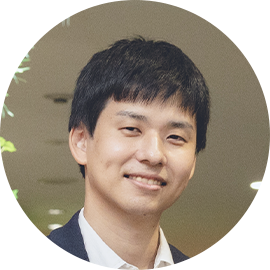
Assistant Chief Engineer
Intelligent Domain
Innovative Research Excellence,
Honda R&D Co., Ltd.
View More
Close
Ryoji Wakayama
Read More
What is the key to solutions for mobility issues caused by a declining population and aging of society?
We hear what lies behind the development of CI-MEV are social issues expected to happen in and after 2030 and solutions for them. What are these issues?

On the other hand, in cities where busy businesspeople rely on taxis to save their time on travel, a shortage of taxi drivers is expected around 2030. Some might expect trains to be a solution, but they do not cater to the needs of those who want to go to right in front of destinations. These are the mobility issues we may face in both urban and rural areas in 2030.

So, CI-MEV is the solution for these mobility issues. Specifically, how does the vehicle solve the issues?

The key of the solution is the CI Micro-mobility that utilizes Honda’s original AI, Cooperative Intelligence. The CI Micro-mobility is implemented with the advanced AI that understands driver’s intentions, recognizes the surrounding traffic conditions, and makes decisions on its own, so that it can grasp the surrounding road condition without relying on maps, and cooperate and negotiate with other road users to enable them to enjoy safety and freedom of mobility.
Competitors have already been developing automated driving, but many of these actions are designed mainly for urban areas where automated driving can be commercially feasible. That is why Honda is currently dedicated to provision of services useful not only in cities but also in rural areas where there are not many means of transportation.


To be able to go “whenever, wherever, to any destinations” is the key message of this technology. It would be ideal that automated driving could take people door-to-door to wherever they wish. Some technologies use high-definition maps to drive vehicles automatically, but dependency on maps limits mobility. Therefore, for Honda’s CI Micro-mobility, we aimed for developing an artificial intelligence that can recognize the surrounding road conditions without relying on high-definition maps, and cooperate with other vehicles and pedestrians so that they can give way with one another.

Because many aged drivers still wish to operate their vehicles by themselves, CI-MEV is equipped with the driving assistive system whose AI supports peace-of-mind driving without depending on automated driving. CI-MEV also comes with pedals enabling choice of whether automatic driving or driving assistance. Those are strong points distinct from other EVs capable of automated driving only.

 Exhibited in the JAPAN MOBILITY SHOW 2023 from October 25 to November 5, 2023.
Exhibited in the JAPAN MOBILITY SHOW 2023 from October 25 to November 5, 2023.
Not just a compact EV, but mobility product that challenges common knowledge
What were your concepts and aspirations for the planning and development of CI-MEV?

We heavily weighted minimalism for CI-MEV. We are studying how much we can remove the excess from both quantitative and qualitative aspects such as size and usability respectively. We are still struggling with this challenge.


I was particular about safety. I paid attention to whether people who experience anxiety over mobility, such as those with declining cognitive capacity or those who are not comfortable with driving in the first place, could drive with peace of mind. I often test drive for software verification. For a case of software under development, I have to be alert for any poor behavior, so as to feel assured while driving. I consider this is the same for those who feel uncomfortable with self-driving vehicles. By telling AI’s intentions to these people, I hope they feel at ease in CI-MEV.

Contribution to carbon neutrality is one of the concepts. Although the EV itself does not emit CO2, the power generation process does. The larger the EV is, the more CO2 is released. When EVs are as compact as CI-MEV, the CO2 emissions become equivalent to those of the train. In this way, CI-MEV contributes to carbon neutrality well.
What kind of trial and error as well as struggles have you experienced since the start of CI-MEV development until it evolved into the current model?

Honda values the M.M. philosophy (man maximum and machine minimum). This means that the highest priority is given to the occupants of the vehicle to allocate to them the maximum cabin space and efficiently minimize other space and parts allocated to the vehicle. Following this inherited basic philosophy, we were fastidious about how compact we could make CI-MEV during the development. In order to secure the cabin space, the battery and AI have to be small, whereas the battery volume becomes large for ensuring a certain travel distance. This was the biggest challenge.

So, that was why we decided to take advantage of the detachable and portable “Mobile Power Pack (MPP)”. When the battery runs out, you only have to replace it without losing time for recharge. This was the breakthrough in terms of the hardware.
 Detachable and portable MPP (Mobile Power Pack)
Detachable and portable MPP (Mobile Power Pack)

Not only the downsizing, we also paid a lot of attention to the design. For example, an EV has to carry computing devices such as a computer and sensors. As some drivers may not be in favor of the design with visible devices like cameras, we painstakingly designed them to be as unseen as possible.

Additionally, we wanted CI-MEV to drive safely in places like a residential neighborhood and shopping district where traffic is dense with bicycles and cars and many pedestrians are walking around. In such areas, the vehicle cannot move ahead when simply waiting for its turn to go. Just like people do behind the wheel, the vehicle has to negotiate with oncoming cars and/or pedestrians, telling which direction it wants to go. The vehicle has to understand their intentions while expressing its own. It was difficult to develop an AI capable of that, but Honda has diverse development experience and know-how to apply.

Building a new relationship of Towns, People, and Mobility products
What kind of impact do you foresee CI-MEV having on society in the future?

If CI-MEV is widespread, it may transform towns themselves. There is a trend in Europe right now to allow only pedestrians, bicycles, and EVs in town. This might happen at some future time in Japan.

I think we will also be able to contribute naturally to social initiatives including sustainability through CI-MEV. When we talk about sustainability, we often tend to restrain ourselves and think how to save energy. But I think efforts requiring such restriction are hard to carry out. CI-MEV’s advantage could be contribution to solving challenges for the future in an everyday life naturally without restraining ourselves.
What are the key points unique to Honda?

Just a simple compact EV is not like Honda. The vehicle has to come when the user hails for a ride and to go off when travel is completed. It has to be able to drive into areas with many pedestrians and bicycles. Furthermore, it has to be able to interact safely with pedestrians and oncoming cars. Unless these points are considered altogether, we cannot call it a solution. It is Honda’s advantage that these are addressed without fail.

JAPAN MOBILITY SHOW 2023 takes place under the concept of “A place to envision the future, together”. What do you hope the visitors feel from CI-MEV?

First of all, I hope the visitors get to learn what are the challenges Honda is addressing through CI-MEV. I would be glad if they understood the benefits of CI-MEV, then.

I will work hard to convey the message that CI-MEV is not just a small EV, but a mobility solution for a future society.
Do you have any dreams that you want to achieve through spreading CI-MEV?

I hope CI-MEV will be a solution for mobility and energy issues we may face in 2030.

I am now 33 years old and often think about how much longer I can stay fit to drive a car. Would I be able to enjoy going to places in my old age? What I am currently developing may save myself in the future when I will be aged. This is the expectation I have for CI-MEV.

Ideally speaking, I would like to build a new relationship of towns, people, and cars. I am hoping to transform current impersonal mobility into something communicative and more of affinity. It would be nice if CI-MEV came near immediately when we called for it, or we could say good-bye to each other waving hands after reaching a destination.

Original article issued on October 31, 2023

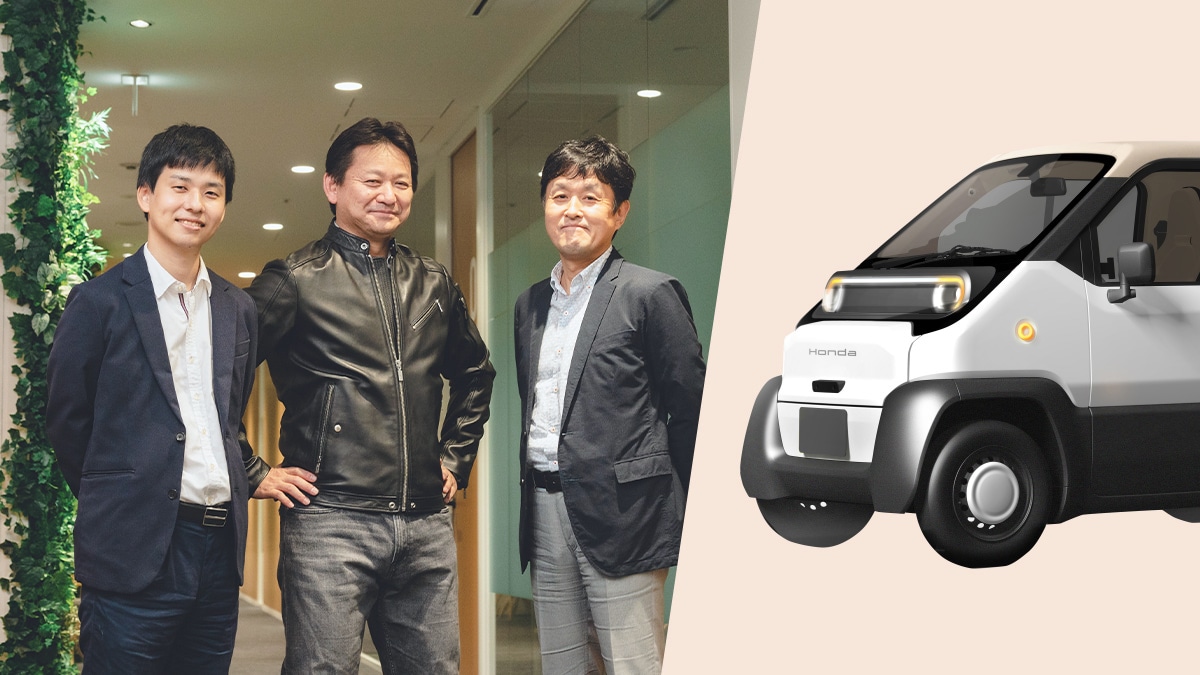
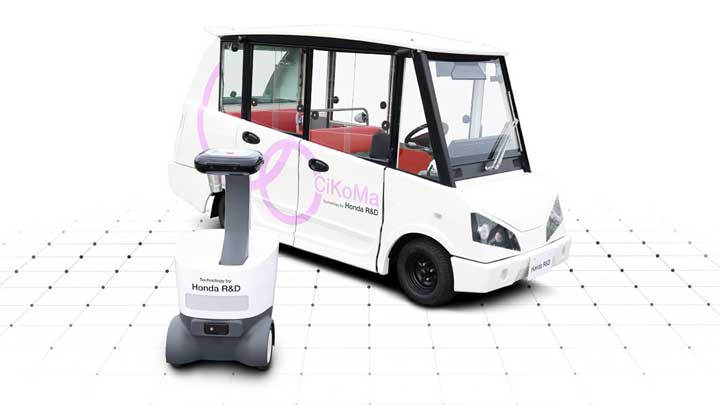





As the population in present-day Japan, particularly in rural areas, continues to age and decline, an increasing number of people may become unable to travel even if they wish to do so. Problems such as buses not running because they cannot make profits or fewer taxis circulating due to aging drivers, may arise here and there in Japan.